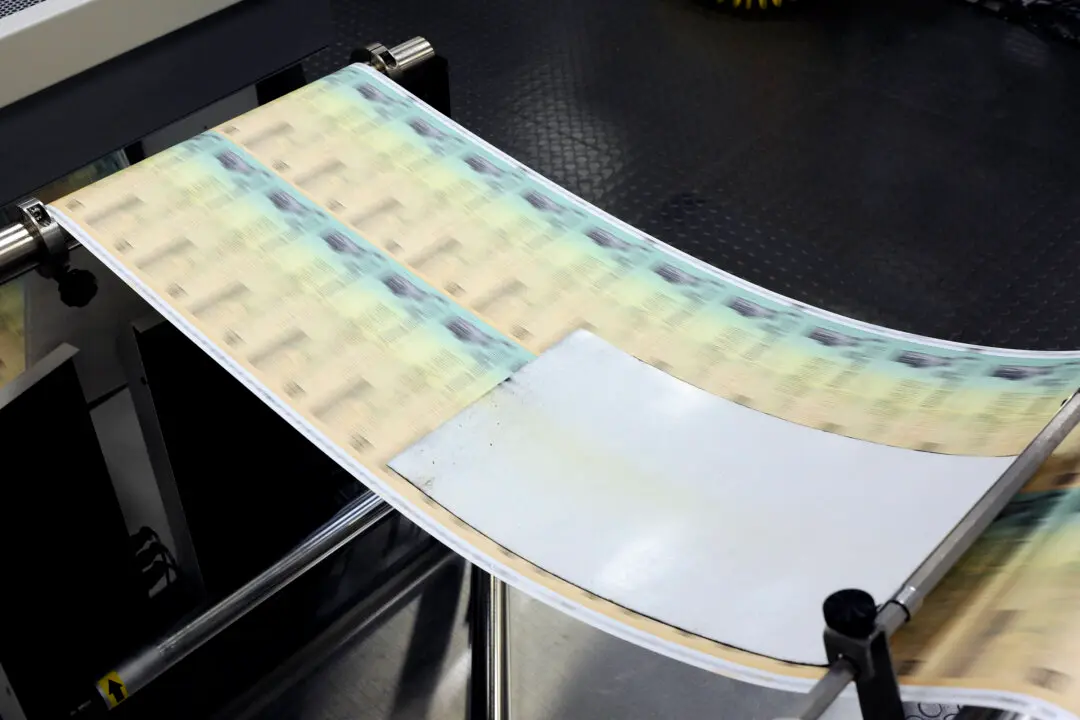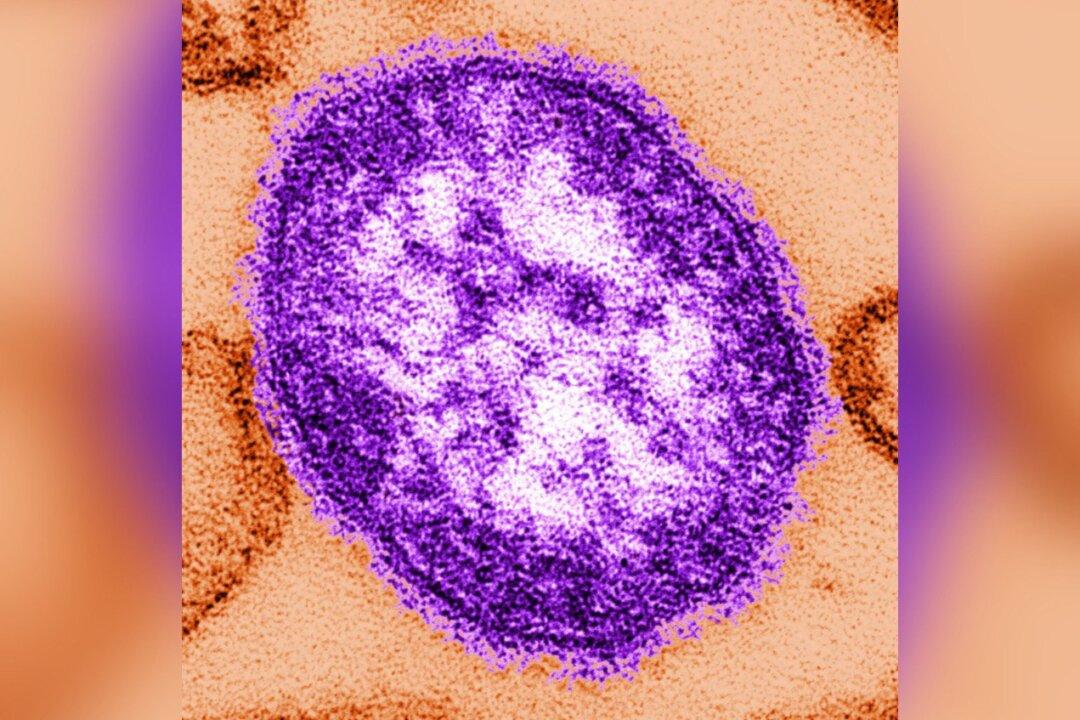An idea that emerged on social media platform X that checks could be sent to Americans in light of savings made from federal spending cuts resulting from Department of Government Efficiency (DOGE) audits received the support of President Donald Trump and Elon Musk, who leads DOGE.
Musk Supports It
“I talked to the president and he is supportive of [the checks]” Musk told the Conservative Political Action Conference (CPAC) on Thursday. “It sounds like that is something we are going to do.”Musk said the money that could be sent to Americans would be “taken away from things that are destructive to this country and from organizations who hate you.”
“It’s glorious. The spoils of battle,” he said.
Trump Loves the Idea
At an investment conference in Miami on Wednesday, Trump said he is now considering a concept in which 20 percent of the savings produced by DOGE’s cost-cutting efforts goes to American citizens and another 20 percent goes to paying down the national debt.Trump also said the potential for dividend payments would incentivize people to report wasteful spending.
“They’ll be reporting it themselves,” the president said. “They participate in the process of saving us money.”
Later, as he flew back to Washington aboard Air Force One, he was asked by a reporter about the plan floated by Musk.
“I love it,” the Republican president told reporters on the plane.
In a briefing on Thursday, Trump’s deputy chief of staff for policy, Stephen Miller, told reporters that the proposed checks would be worked on in the budget reconciliation process in Congress.
Congress first needs to pass a measure in order to send those checks, he stressed.
House Speaker Downplays Checks
However, House Speaker Mike Johnson (R-La.) signaled at CPAC that he wasn’t in favor of the proposed checks and suggested that any DOGE-related savings go back to paying back the U.S. debt.“Everybody loves a check, but ... we have a giant deficit. I think we need to pay down the credit card,” he told a crowd at CPAC.
Where the Idea Came From
Fishback was the one who initially promoted the idea on Tuesday on X and said there have also been “behind the scenes” conversations about the issue with White House officials.Fishback supports having the nonpartisan Congressional Budget Office determine how much money DOGE will have saved the federal government by the end of its federal spending audits. If DOGE cuts $500 billion by July 2026, he said, the checks would be $1,250, rather than $5,000.
“We uncovered enormous waste, fraud and abuse,” Fishback said. “And we are going to make good and pay restitution and then rewrite the social contract between the taxpayer and the federal government.”
Fishback supports sending out checks rather than using all the money to reduce the deficit because it would encourage Americans to seek out wasteful government spending “in their communities, and report it to DOGE.”
According to his proposal, DOGE would first need to complete its work, slated to be done by July 2026. Once that happens, one-fifth of any savings could be distributed later that year to the roughly 79 million households that pay income taxes. About 40 percent of Americans don’t pay such taxes, so they wouldn’t get a check.
Fishback’s company, Azoria, elaborated more on the plan in a separate post on social media.
White House Downplays Concerns
During Thursday’s White House news conference, a reporter asked Kevin Hassett, director of the White House’s National Economic Council, whether the proposed checks could be inflationary.Hassett downplayed those concerns. He said that since the money would have been spent by the government anyway, having it spent by consumers would be a wash. President Joe Biden and Trump’s stimulus checks during the pandemic were deficit-financed, which can be more inflationary.
People who receive those checks are “probably going to save a lot of it, in which case, you’re reducing inflation,” he said.
A White House official told The Epoch Times this week that the “dividend checks” are still just a proposal.







